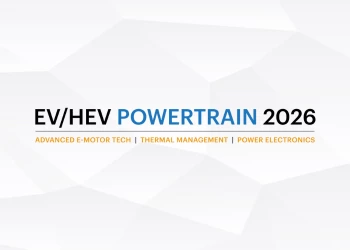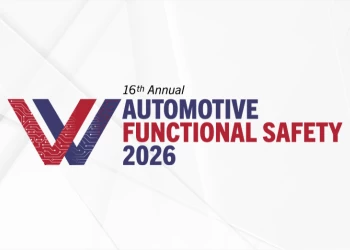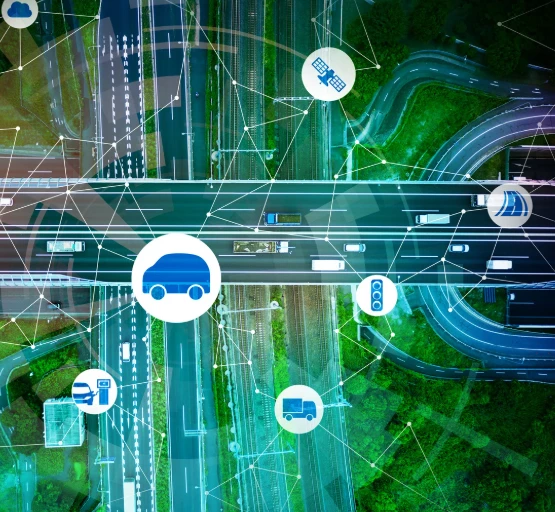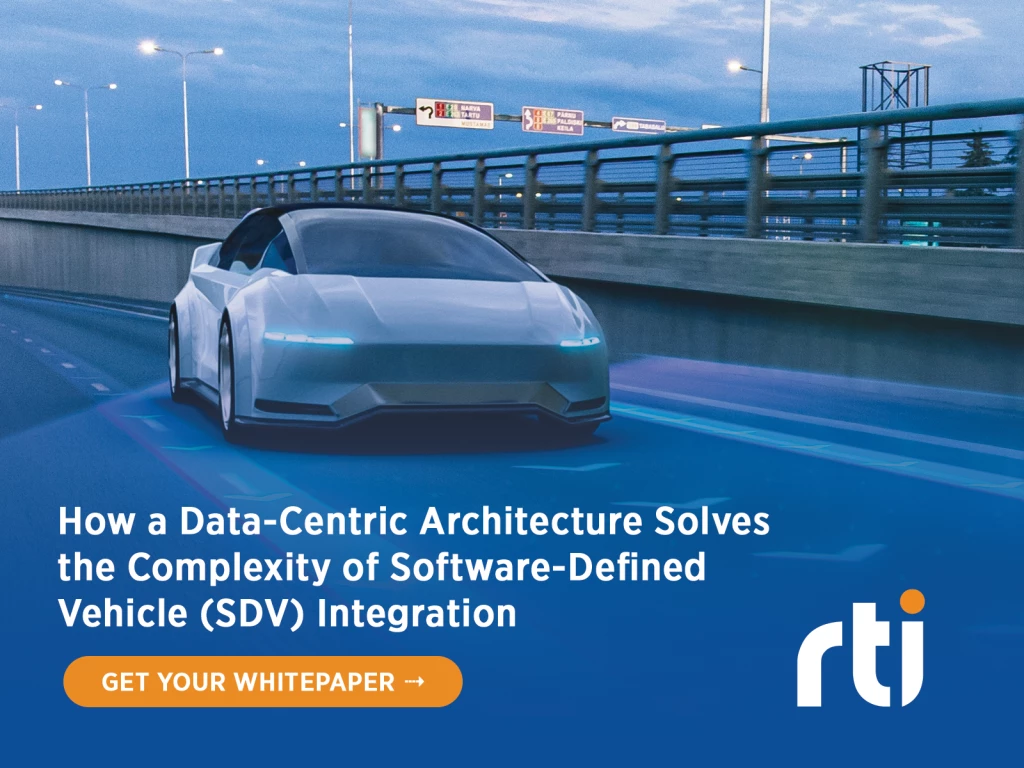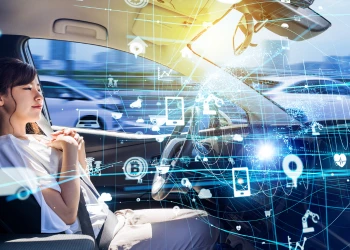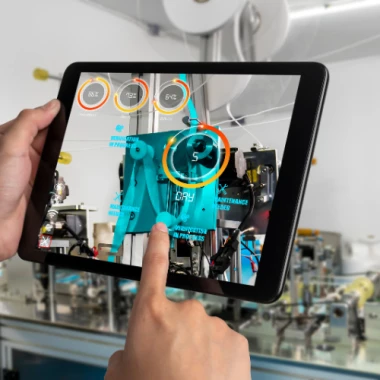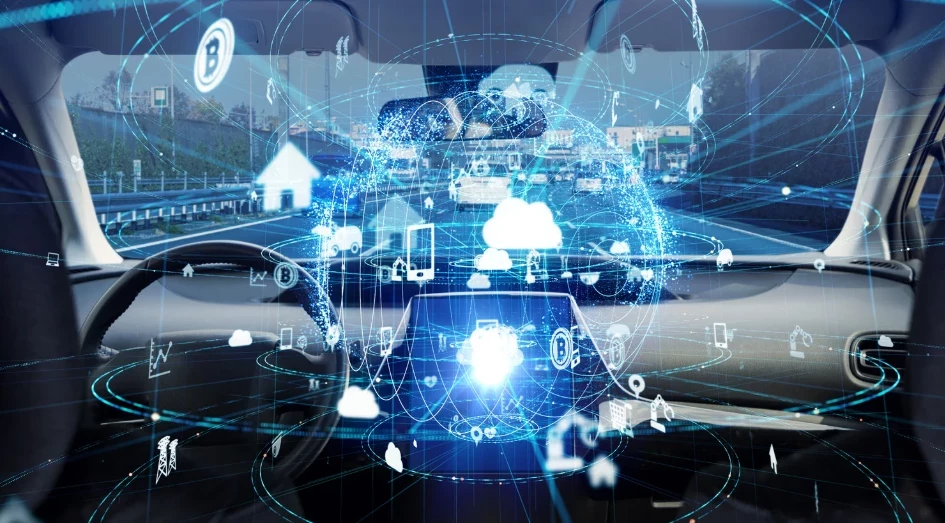Which OEM’s are winning the autonomous race?
Add bookmarkThe race towards autonomous vehicles has been heating up for some time, but we’re nearing the climax as OEM’s are rushing to announce details of their plans for the next five years. A bold new sector has seen rapid innovation in a short space of time, and the landscape has changed significantly during these last few years.
In previous years the prospect of the automotive industry being overtaken by the technology industry had looked very real, but various partnerships between big players in both sectors suggests that the direction of travel has changed. Not to be outdone, OEM’s in the automotive market have invested heavily in research and development of their own, and of course have the distinct advantage of a history of mass production in a mature industry. Technology start-ups have produced a range of innovative concept vehicles, but economies of scale are a daunting proposition for even the most well-funded organization.
Other key aspects to consider are the legislative framework and how autonomous vehicles will enter the market, as well as consumer confidence in self-driving cars. Once again the traditional automakers hold the upper hand as they already have extensive testing and research facilities, as well as established channels through which to negotiate with lawmakers. OEM’s have also been consistently introducing advanced driver assistance systems and semi-autonomous functions over recent years, which is permeating public confidence in self-driving capabilities.
While many think of Tesla as the natural leader in this space, it’s worth remembering that the Silicon Valley innovator fell just short of 80,000 sales in 2016 and remains a relatively small player in the grand scheme of things. Other manufacturers are quickly catching up and several have announced plans to introduce autonomous cars of varying levels in the next three to five years. So which companies are breaking new ground? What are car-makers working on today? and which OEM’s can win the race in terms of fully autonomous vehicles?
Consumer Confidence
Consumer confidence is also a key issue in the autonomous market, and one which should not be overlooked by OEM’s, developers and legislators. Some very interesting data gathered by research firm Deloitte shines a light on the public’s attitude towards advanced driving systems and autonomous driving.
The survey polled attitudes towards two general questions: Firstly, after the success of ride-hailing enterprises such as Uber, it questions the extent to which cars of the future will be owned or shared; Secondly, it ponders the extent to which vehicles will be controlled by humans or technology.
[inlinead]
After surveying over 22,000 customers across 17 countries, Deloitte give a snapshot into consumer views on autonomous capabilities, and their views on whether they are prepared to pay for them. This is a key factor which can sometimes be forgotten - the customer will still be expected to foot the bill for any autonomous advances, and they must be prepared to pay the extra costs for the extra benefits. In a low-margin industry, this could have a big impact on how and when certain technological advances are introduced.
The results of the survey suggest that public opinion in the US has grown in favor of autonomous features, particularly among the younger generation. Across the breadth of US consumers all agreed that features which improve driver and pedestrian safety are considered much more important that features which enable connectivity, comfort, and even fuel efficiency. However on the down side, US customers’ willingness to pay for these extra technologies has actually waned over the last two years, and this does put an onus back on the industry to ensure the value of expensive research and development in order to claw back the outlay on developing these systems.
The general trend is a positive one, as the data shows 67% of the US public find adaptive safety functions and autonomous features desirable - an increase of 11% compared with Deloitte’s previous desirability study in 2014. While OEM’s are well-positioned to garner public confidence through the gradual implementation of autonomous features it would be unwise for the industry to rest on its laurels. The younger generation in particular is turning away from the idea of car ownership on the back of ride-hailing services and ‘shared’ vehicles. While the majority of the American public don’t use such services, those that do tend to see car ownership as ‘less necessary’, with younger users of ride-hailing services four times more likely to question car ownership that older ride-hailers.
While the focus at the moment for OEM’s is on developing autonomous capabilities, It seems quite probable that ride-hailing services and fleets of autonomous vehicles will be integral to OEM’s strategy, rather than becoming an alternative or competitive industry in its own right.
OEM partnerships and progress
Let’s look at some of the latest technological partnerships and the latest innovations from the big players in the race for automation.
Volkswagen
German automaker Volkswagen has charged its subsidiary Audi with leading the way in autonomous technology, and the luxury brand is well on the way to achieving results. It aims to be the first manufacturer to release a level 3 production car in 2017, and has also indicated that its partnership with technology giant NVIDIA will lead to a fully autonomous vehicle by 2020.
Audi’s flagship A8 Sedan is due to go on sale later in 2017 with level 3 autonomous capability, however the features may not be available at launch simply because few governments have passed laws to provide legal certainty. The German government is currently drafting a legislation in which it foresees a declaration from manufacturer to customer which makes clear the circumstances in which a driver can transfer control the car, so that there is no confusion. The level 3 feature will operate at speeds of less than 37 mph in heavy congestion on highways which are separated from oncoming traffic. The driver will be able to disengage from driving to read a book, for example, but taking a nap is not on the agenda since the car will still request a handover when traffic conditions dictate. A driver will have approximately 8-10 seconds to assess the situation and take back control of the wheel.
Looking ahead to the future, Audi and NVIDIA announced a partnership earlier in 2017 in which they will collaborate to use artificial intelligence in order to deliver fully automated vehicles by 2020. The carmaker intends to expand testing of highly-automated vehicles on public roads in California and selected states as early as next year.
Ford
Last year Ford announced the formation of Ford Smart Mobility LLC, a new subsidiary focusing on connectivity, autonomous vehicles, and car riding and sharing services. In terms of autonomous vehicles, Ford announced its intention to triple investment in driver assist and semi-autonomous vehicle technology, and plans to introduce highly autonomous vehicles within specific pre-mapped, geofenced areas by 2021.
The carmaker has already pioneered testing in extreme environments such as snowy conditions and darkness, and is combining the ideas of autonomous driving and ride-sharing in its proposal for geofenced autonomous vehicles. The idea is that the level 4 autonomous vehicles will be restricted to geographical areas which have been extensively and accurately mapped. The automaker has certainly not forgone the integration of ‘computer vision technology’ in order for a car to establish its surroundings - it has been aggressively purchasing companies in the AI and LiDAR sector - including the recent acquisition of AI startup Argo. However, the focus of the manufacturer is on highly-defined mapping which will enable its autonomous cars to perform within specific ring-fenced areas.
This approach tackles the problem of an autonomous car navigating unfamiliar roads and the requirement to build up a complete picture of conditions in real time. It also has a basis in pragmatism, since most drivers travel well-worn routes within their locality, rather than taking long road trips across state boundaries.
General Motors
The trend of automakers buying up tech industry companies continues with GM, who embarked on an aggressive campaign of acquisitions throughout 2016 in the tech sector. Early in the year GM bought Sidecar’s assets and invested $500 million into Lyft - a ride sharing company in competition with the likes of Uber. GM also acquired autonomous tech startup Cruise Automation. Testing of Cruise Automation technology is already underway in a series of Chevrolet all-electric Bolts which are being tested on roads in Arizona.
In addition to these steps into autonomous and ride-sharing technology, GM has also been developing its own in-house autonomous tech - it’s ‘Super Cruise’ system set to be launched in the 2018 Cadillac CT6. The system differs from other ADAS technologies in that it features a driver attention system alongside precision LiDAR map data.
Precision LiDAR map data will be combined with real-time cameras, GPS and sensors to enable the vehicle to operate in Super Cruise mode on highways, allowing the driver to take their hands of the wheel and concentrate on other tasks. The driver monitoring camera maintains focus on the driver to assess their head position and level of attentiveness. If the system detects that the driver has looked away from the road for too long or is required to take control, it will perform a series of steps in order to retain the driver’s attention. Should the driver remain unresponsive, the vehicle will come to a safe stop and contact OnStar to alert first responders if necessary.
While GM say the technology is capable of navigating on a variety of roads, it has restricted use to highway conditions for the sake of building consumer and regulatory confidence, and enthusiasm for autonomous driving.
BMW
BMW has been another leader in autonomous driving technology, and another which has ramped up partnerships and acquisitions with technology firms. In 2016 the German carmaker announced intentions to promote autonomous vehicles under the BMW iNEXT banner, and also released details of an alliance with Intel and Mobileye with a view to bringing self-driving cars to the market by 2021.
Intel had been keen to make inroads into this sector, and in 2016 created its own Autonomous Driving Group. Earlier this year Intel announced the $15.3 billion acquisition of Mobileye, which already has partnerships in the autonomous space with BMW, as well as Nissan and VW.
BMW has confirmed that the collaboration with Intel and Mobileye will enable it to introduce highly autonomous vehicles by 2021, with a target of level 3.5 compliance. Though not officially a recognised level of autonomous driving, ‘level 3.5’ is intended to bridge the gap between levels 3 and 4 - the former allowing some autonomous driving but with human intervention, the latter allows completely human-free driving.
The future of innovation
The future of autonomous driving in the US may well be shaped by the technologies and innovations that come out of the Michigan Economic Development Corporation, which is leading the way in the US in terms of testing, research and development.
Michigan has always been the home of innovation in the auto industry traditionally, and that looks set to continue with the announcement of a huge 335-acre purpose-built research, testing and self-certification facility. Alongside these pioneering plans, Michigan has also surpassed states such as California, Arizona and Florida in terms of legislation surrounding the testing of autonomous vehicles on public roads. New laws introduced will allow:
Testing of vehicles without steering wheels, pedals or needed human control; Automotive and technology companies to operate self-driving vehicle ride-sharing services; and Self-driving vehicles to be sold for public use once the technology has been tested and certified.
One of the first projects at the site is the creation of the American Centre of Mobility. Construction of the $80 million connected and autonomous testing site began in November 2016, and when finished it will include highway, urban and rural simulations across a 300-acre site at a former GM plant at Willow Run.
While technology companies briefly flirted with the idea of becoming automakers, all signs suggest that collaboration with the auto industry rather than competition is the preferred way forward. The balance of power, it would seem, has transferred back to the automotive industry, and back to the state from whence auto innovation has traditionally come.

